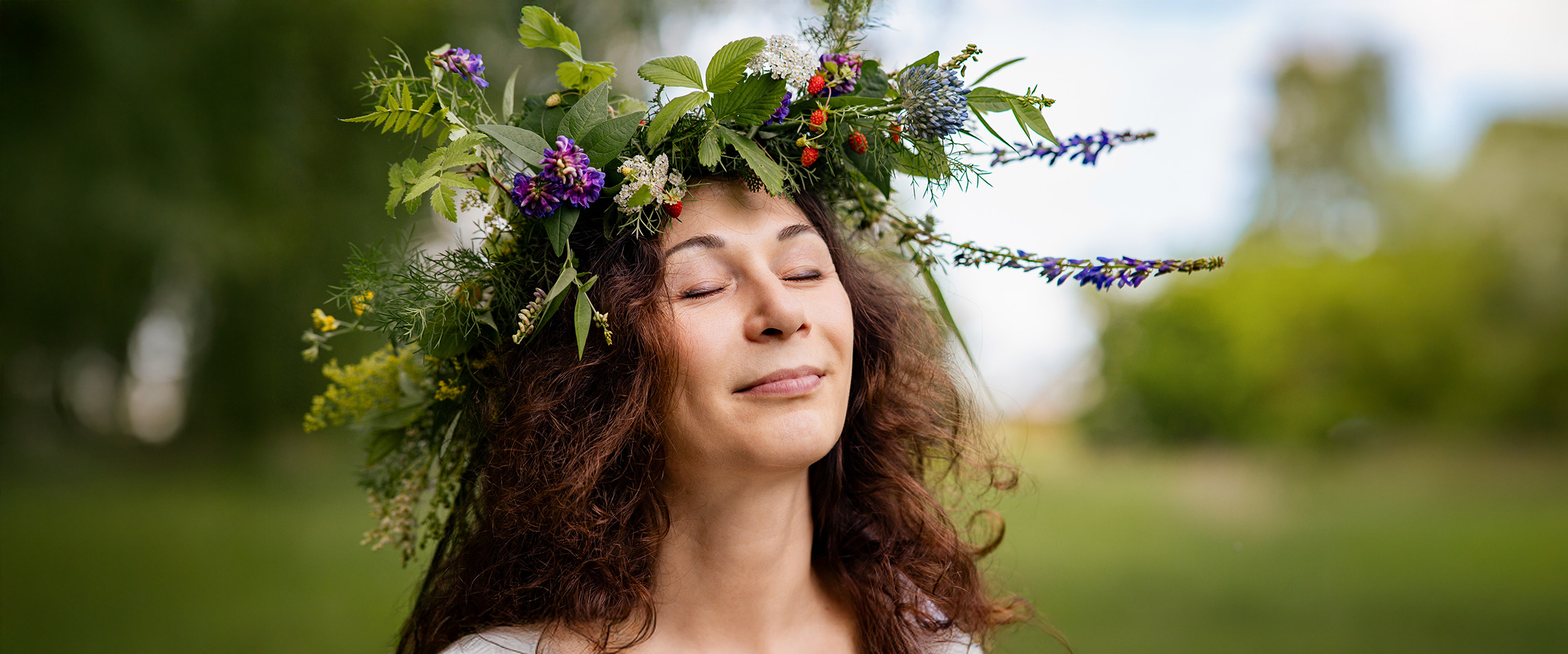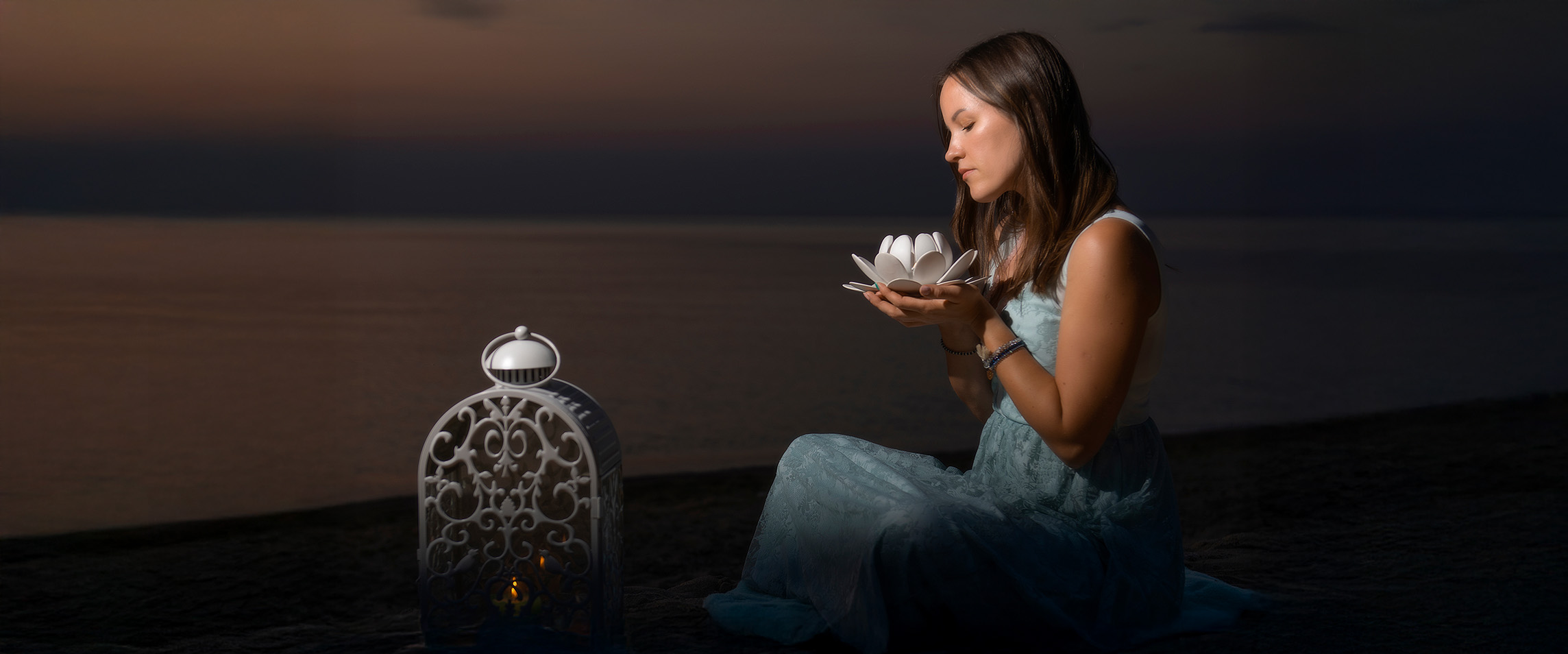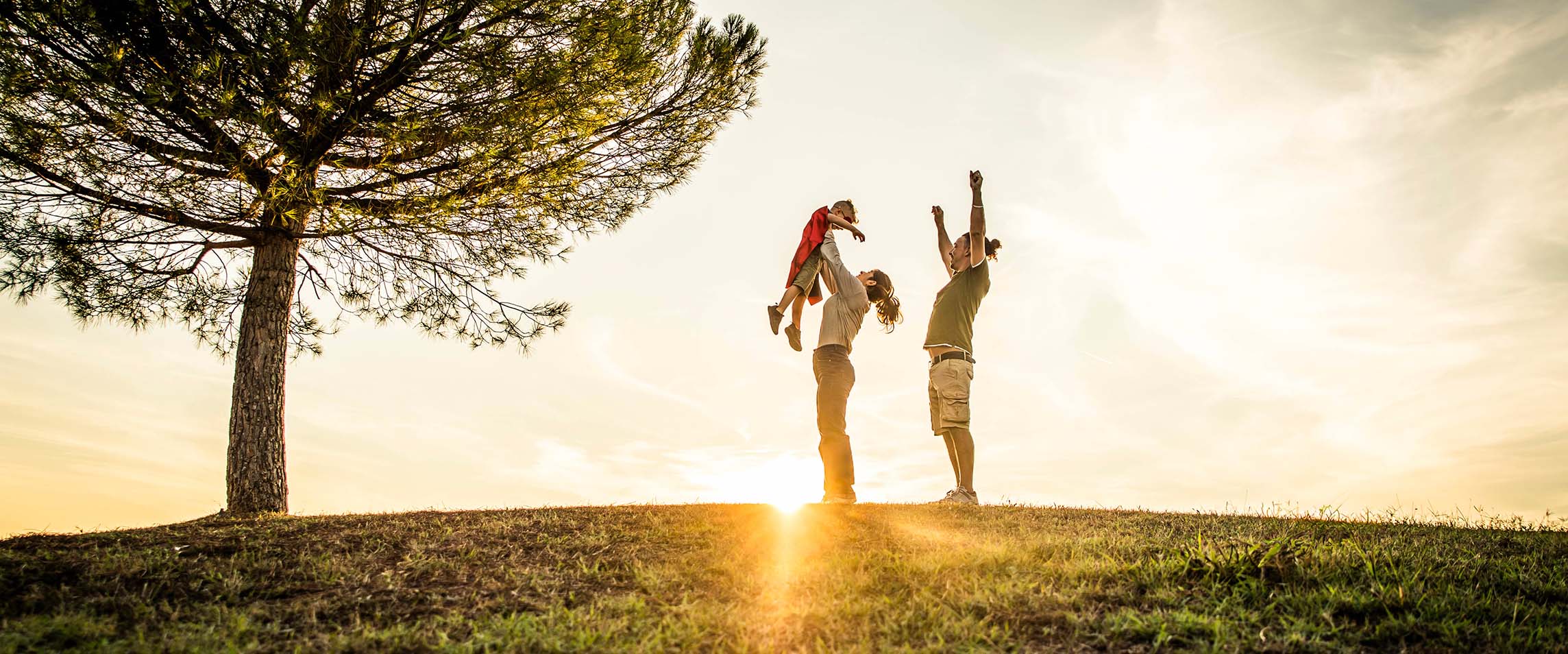Have you ever stood in your kitchen, staring at a small herb or root in your hand, and wondered if it might be more than just flavor—if it might actually be medicine?
Long before pharmacies existed, long before pills were pressed and syrups bottled, people turned to the earth. They reached for the leaves growing at their feet, the seeds in their pouches, the roots passed down from grandmother to granddaughter. Healing wasn’t synthetic. It was sacred. And it was simple.
The beautiful thing is—Scripture knew this all along.
In the book of Ezekiel, it says, “Their fruit will be for food, and their leaves for healing.” That line isn’t poetry. It’s promise. From the very beginning, God wove wellness into the very fabric of creation. Eden wasn’t just a garden of beauty—it was a garden of restoration. The food we eat and the plants that surround us were His first gifts of care. Healing was not an afterthought. It was built into the design.
Ellen G. White echoed this truth when she wrote that God caused herbs to grow for the healing of disease. And in her life’s work, she reminded people again and again that some of the most powerful remedies don’t come from factories or laboratories—but from the soil, the sun, and the simplicity of nature.
You probably already know some of these gifts. Ginger that settles the stomach. Garlic that strengthens the blood. Mint that cools both body and mood. Cinnamon with its warmth and gentle balancing power. Turmeric, golden and bold, working quietly to soothe inflammation and restore the mind. These aren’t just trendy additions to modern health routines. They are ancient allies. They are God’s own prescriptions, whispered through leaves and roots and seeds.
And then there’s Jesus—the healer who walked among herbs and trees, who chose to come in a time when people still trusted the ground for their medicine. He healed with a touch, yes. But He also healed with mud, with clay, with spit mixed with dust. He knew the power of the very earth He formed us from. He honored it. He used it.
Ellen White believed in this too—not in rejecting medicine, but in returning first to the remedies heaven approves. She pointed to clean air, pure water, sunlight, rest, and herbs. These, she said, were not just physical helps—they were spiritual ones. They invited us to slow down. To be intentional. To remember we are not machines to be fixed, but souls to be cared for.
And that’s what makes healing with nature so profound. It’s not just about what you take—it’s about how you take it. Making a simple tea. Pausing long enough to steep. Sitting still. Listening to your body. Trusting the gentle pace of creation. Healing, after all, rarely comes in a rush. More often, it arrives in a quiet moment—a hot cup held in trembling hands. A breath taken in the middle of a hard day. A small, sacred ritual that says, “I’m worth caring for.”
You don’t need to know every herb in the world to begin. You don’t have to become an expert overnight. You just need to listen—to your body, to nature, to the God who still whispers through His creation. Maybe today that means a cup of warm ginger tea. Maybe it’s fresh mint in your water. Maybe it’s swapping pain with presence, rushing with ritual.
Sometimes your body speaks in small aches, in tension behind the eyes, in sleepless nights. And sometimes the answer isn’t a pill—but a plant. Something green. Something quiet. Something faithful.
The truth is, God hasn’t stopped giving us healing. We’ve just forgotten where to look.
So maybe this is your reminder. To brew something simple. To believe in something old. To trust the process—even when it’s slow. Because healing doesn’t always roar. Sometimes, it rests in the leaves.
And maybe… that’s where you’ll find it too.








